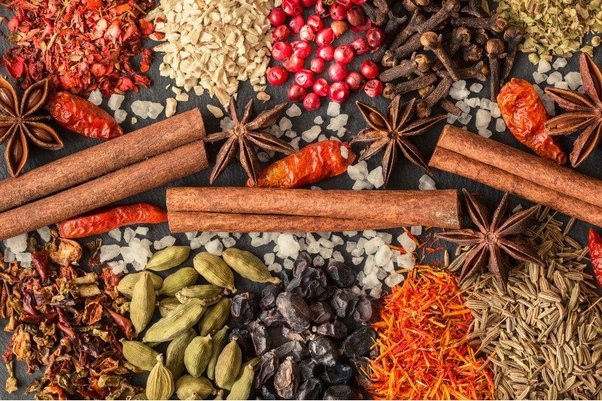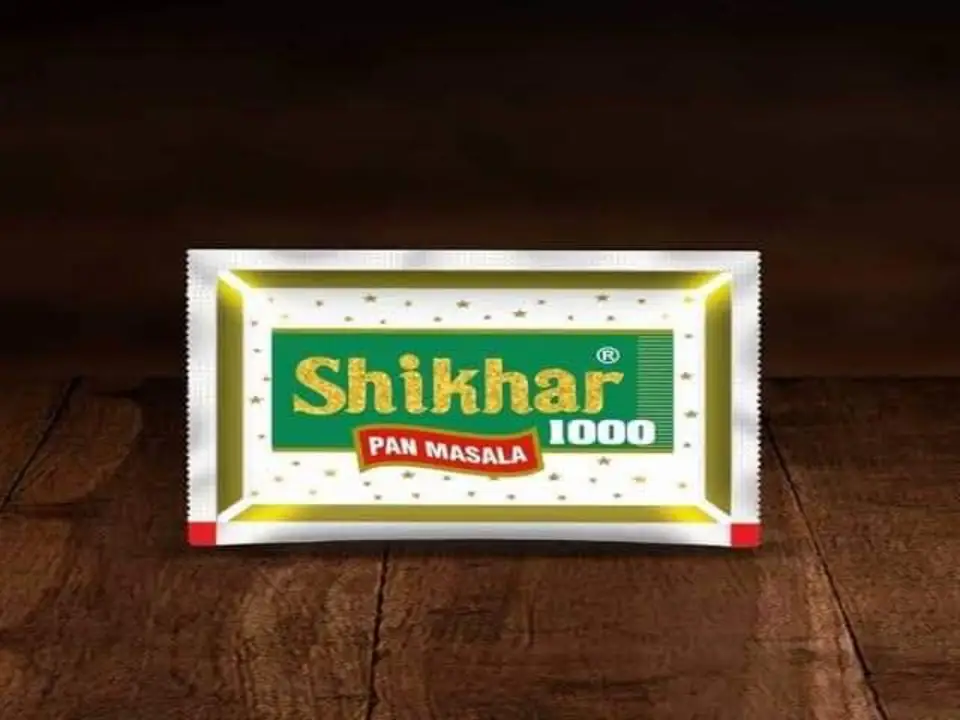Blog
What is the profit margin of pan masala?

What is Profit Margin and How to Calculate It?
The profit margin is the difference between the revenue acquired by selling the products and the cost of manufacturing them. It is one of the key elements for businesses as it shows the efficiency with which they are capitalizing on each sale. A high profit margin indicates that a company is capable of either keeping costs low or charging more for its goods. However, a low profit margin may result from the inability of the company to set prices or operate its business effectively.
Range of Profit Margin
The level of profit margin in pan masala business is dependable on many elements like the size of the business, the brand image and the price strategy. Generally, the business of pan masala could yield to 15-35% of profit. Nevertheless, it should be mentioned, that these figures are only rough approximations that can further change in case the market conditions change.
Things that affect Pan Masala’s profit margin
Cost of Raw Materials: The main things that go into making pan masala are betel nuts, catechu, flavorings, and packing. Changes in the prices of these raw materials have a direct effect on the cost of production and, by extension, the profit margin. For example, if the price of betel nuts goes up, which is a key ingredient, it can have a big effect on how much money pan masala makers make.
Costs of Making and Packing: The profit margin is heavily affected by the costs of making and packing the goods, along with the prices of raw materials. The total cost of production includes the money spent on tools, workers, power, and packing materials. These costs can be lowered through efficient production and economies of scale, which increases the profit margin.
Costs of Distribution and Marketing: Companies that make pan masala have to pay costs for distribution and marketing in order to reach customers. Costs of shipping, vendor profits, advertising, and sales efforts are all part of this. These costs can be justified by higher sales and higher profits, which come from good marketing tactics that make the business more visible and get people to interact with it.
Costs of Following the Rules: Pan masala makers have to pay extra money to follow the rules, especially when it comes to health and safety standards. It is necessary to follow these rules, which usually means spending money on quality control measures, tests, and certificates. Not meeting governmental standards can lead to fines, legal trouble, and damage to the image of the brand, all of which can cut into the profit margin.
Prices Elasticity of Demand: This shows how easily people are willing to buy things when prices change. People often treat pan masala as a luxury or something they don’t have to have, so demand may be fairly elastic, which means that people are sensitive to changes in price. To make the most money without losing sales volume, manufacturers must carefully balance their price tactics. Cost rises that are too high for people to afford can cause fewer people to buy and businesses to make less money.
Competition and Market Dynamics: The level of competition has a big effect on the profit margins of companies that make pan masala. When there is a lot of competition between brands, prices can go down, which cuts into profit margins. Companies can charge higher prices and keep their profit margins healthy by setting themselves apart through product quality, branding, and new ideas.
What People Want and What’s Trending: What people want and what’s trending also affect the profit margin of pan masala goods. Taste preferences, health concerns, and culture factors can all change over time, which can affect demand trends and, in turn, sales volume and price tactics. To stay competitive and make money, manufacturers need to keep an eye on these trends and change their products and marketing tactics to match.
A look at the profit margins in the pan masala business
Even with the problems listed above, the pan masala business has shown strength and continued progress. This is due to a number of reasons, including:
Cultural Significance: In South Asia, pan masala has a strong cultural meaning. It is often served at parties, religious ceremonies, and other social events. This societal importance helps to keep demand and purchase habits stable, which is good for the growth of the business.
Product Diversification: As customer tastes and government rules have changed, manufacturers have expanded the range of products they sell. To meet the needs of health-conscious customers, this includes making variations like tobacco-free or herbal pan masala. Diversification tactics can help lower risks and reach more customers, which can help businesses make more money.
Loyalty to a Brand and Charging More: Well-known brands with a good name for taste and quality can charge more and keep customers coming back. By putting money into building brands and coming up with new goods, companies can set their products apart from similar ones and keep their profit margins higher.
Export Opportunities: Pan masala is famous in more places than just India, which means there are good chances to make a lot of money by exporting it. International demand, especially from people who have left South Asia and people who love Indian food, can help manufacturers get more customers and make more money.
Conclusion
In conclusion, pan masala’s profit margin is affected by many economic, legal, and market factors. However, the industry continues to do well because of its cultural importance, wide range of products, and ability to be exported. To keep their profit margins healthy, manufacturers have to deal with problems like changing prices for raw materials, following rules, and tough competition.
Pan masala makers can take advantage of growth chances and stay profitable in the long run by using efficient production methods, smart marketing strategies, and new products. Adapting to new trends and keeping the customer in mind will be important for success in the fast-paced pan masala market as consumer tastes change and rules are updated.



